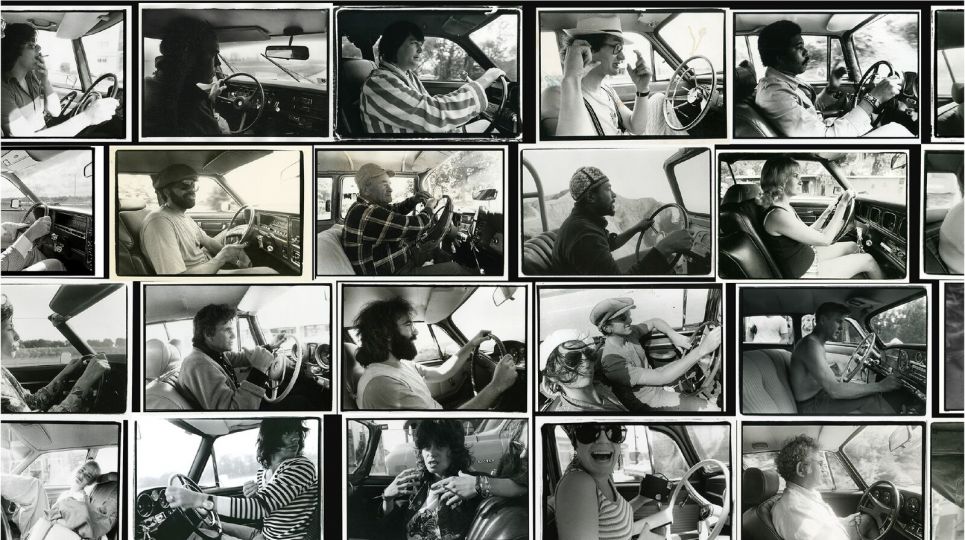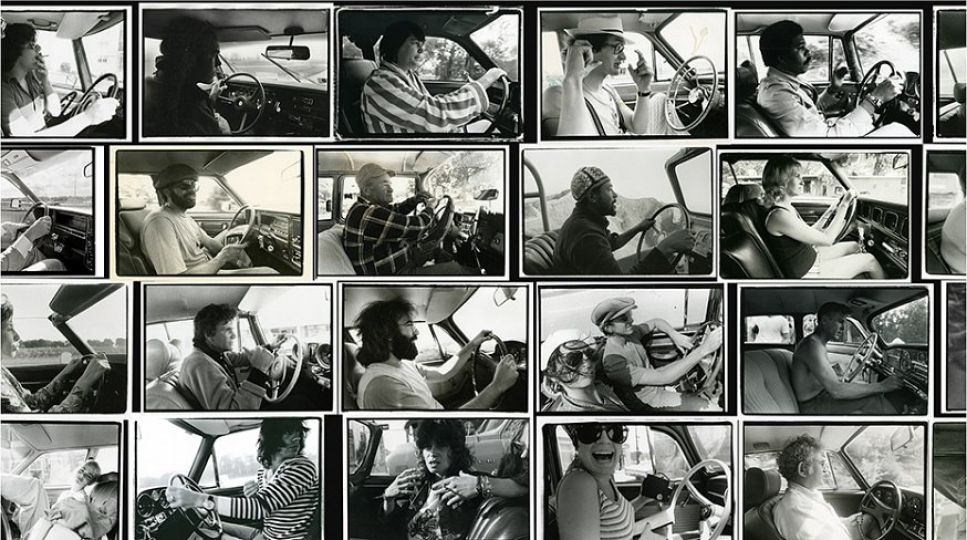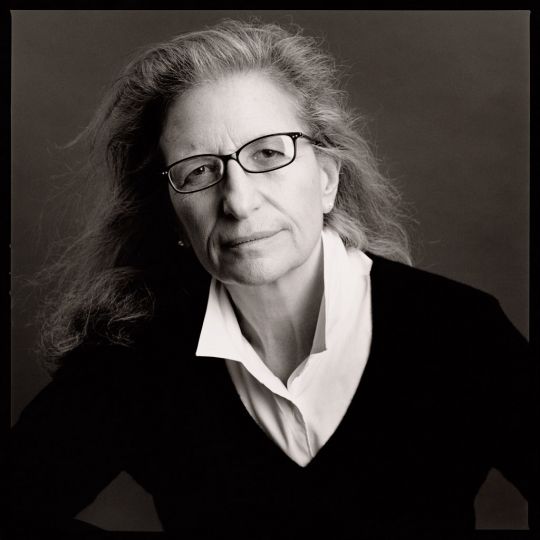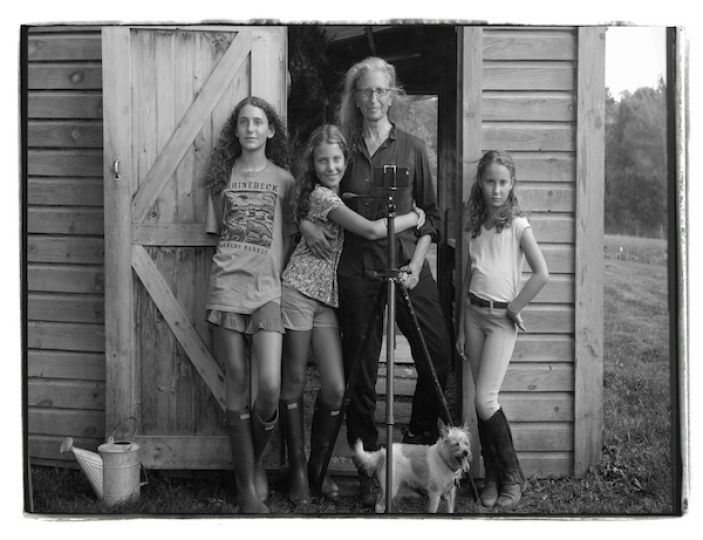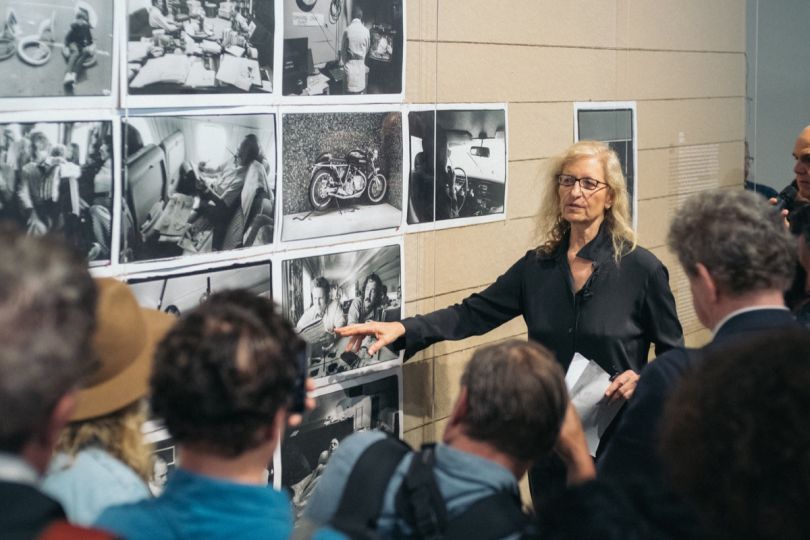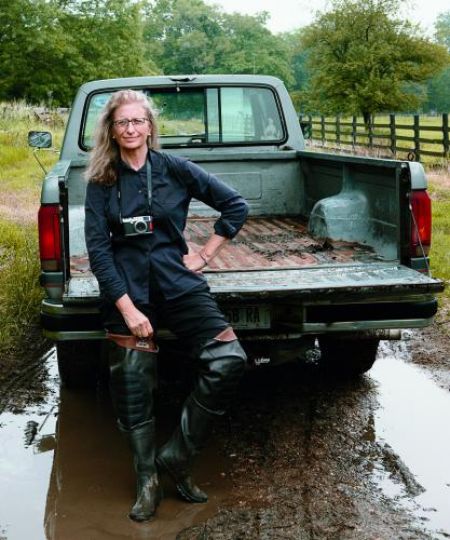The exhibition of Annie Leibovitz in Arles is fabulous, and will go down in history among landmark exhibitions for its creativity, originality, and wealth of material: several hundreds images are on display in over a dozen rooms covering nearly one thousand square meters. This is a journey of initiation that retraces Annie’s early years at Rolling Stone. You will have the chance to discover it this summer. In the meantime, we present the associated book and publish two texts written by Maja Hoffmann, Founding President of the LUMA Foundation, and Matthieu Humery, Director of the Living Archives Program of the LUMA Foundation.
This first comprehensive presentation of the photographer’s earliest work, Annie Leibovitz Archive Project#1: The Early Years, is a landmark exhibition of the LUMA Foundation’s Living Archive Program, which gathers diverse media resources from leading figures in the fields of visual, literary, and performing arts for the purposes of advanced aesthetic and scholarly research.
Crucially, the Living Archive Program also integrates the public presentation of these materials into its mission through a process of innovative exhibition-making and related public programming. Ideally, the presentations originate at the LUMA Foundation Parc des Ateliers in Arles, France, and frequently travel to internationally recognized institutional partners.
In keeping with this mission, Early Years focuses on Leibovitz’s earliest work as a means to more fully and deeply contextualize her widely recognized practice.
Maja Hoffmann
Founding President, LUMA Foundation
One of the most prominent photographers of the second half of the twentieth century, Annie Leibovitz has been creating important images for nearly fifty years. Although her exquisitely produced portraits have profoundly shaped the cultural imagination and redefined our notions of the time we live in, her origins as a young photographer have rarely been examined. Coinciding with the acquisition of her extensive archive by the LUMA Foundation, the exhibition Annie Leibovitz Archive Project #1: The Early Years explores the basis of her aesthetic enterprise and considers her artwork through formative experiences of the counterculture of the 1970s, the ecstasy of youthful abandon, and the urgency of personal and political upheaval.
When she first picked up a camera in 1968, Leibovitz was enrolled at the San Francisco Art Institute as a painting major. She transitioned into the school’s legendary photography department in her third year there and soon published a series of reportage-like images of Vietnam War protests in the recently founded magazine Rolling Stone. This first photographic work reveals aspects of her visual curiosity. Reflecting the influence of Henri Cartier-Bresson and Robert Frank, Leibovitz’s instinctual approach to photojournalism and portraiture issued directly from the revolutionary guard of the small-format, black-and-white photograph and from a reportage-like sensibility to image making. Drawn to a group of photographers who frequently captured unconventional subjects, she quickly developed a keen sense for navigating timing, personality, and varying registers of physical and psychological proximity.
Leibovitz’s return to her early work has been purposeful—a carefully considered, creative revisiting of an ocean of images and their many associations. Part self-examination, part exhumation, this process is perhaps best understood as an archaeology of the self, where the passage of time enables a productive re-reading of ego and epoch alike. Now, decades after she created these images, Leibovitz is witness to her own life—the most personal moments, the frenetic traveling, the simultaneous sensations of intimacy and fame, the rawness of youth, drugs, and a camaraderie that can be achieved only through hard living. At the same time, her revisiting means bearing witness and acknowledging her role as a chronicler of an era.
The exhibition forces us to attend to the ever-transforming status of the image. Once expressly intended for journalistic consumption, with an accompanying sense of immediacy that such rapid turnover demands, Leibovitz’s photographs now carry with them the privilege and the burden of historical importance. Arranged chronologically and thematically, the images have evolved beyond their originally intended modes of production and distribution and confront both maker and viewer in an entirely new context.
Matthieu Humery
Director, the LUMA Living Archive Program
Annie Leibovitz, The Early Years 1970–1983. Archive Project #1
Book available at LUMA Foundation
http://www.luma-arles.org/programme/#annieleibovitzarchiveproject


